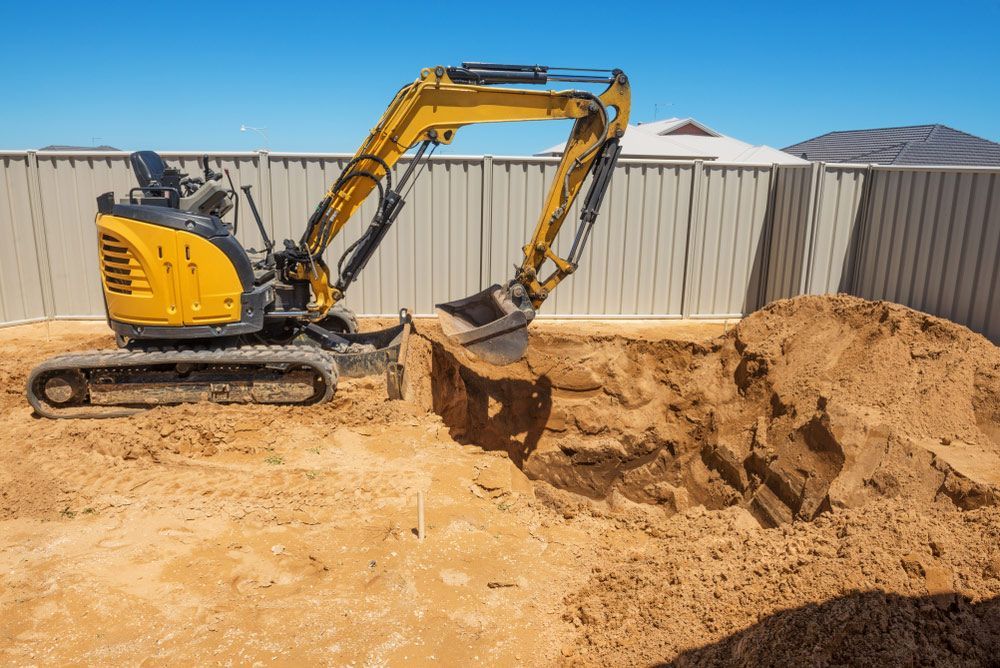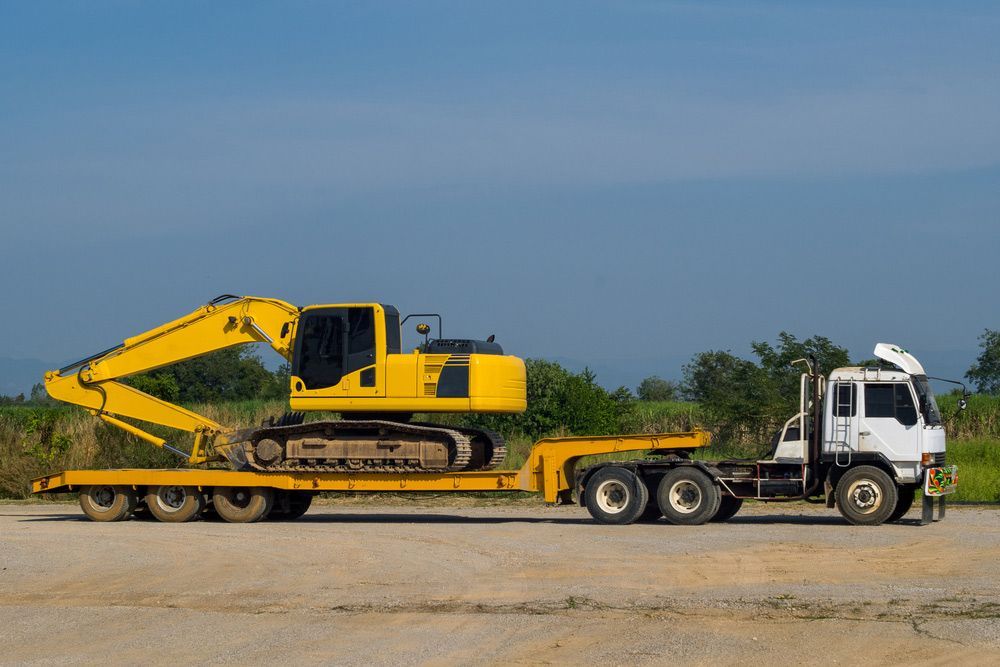How Excavation Improves Ground Stability for Large-Scale Projects
The earth beneath a large-scale construction project must be prepared before the first foundation is poured or a crane is assembled. While excavation might seem like a basic digging process, it is one of the most important steps in ensuring long-term structural integrity. Excavation helps reshape, stabilise, and manage the ground to support infrastructure that can withstand time, weight, and weather.
Whether it’s a commercial development, major road project, or industrial facility, excavation plays a critical role in managing the natural behaviours of soil, water, and rock. By strategically removing, compacting, and contouring the land, excavation contractors not only clear the way for progress, but they also ensure that what’s built stays upright and safe.
Preparing the Site: Why Excavation Is the Foundation of Every Major Project
Every major development begins with detailed site preparation, and excavation is central to that process. Excavators assess the land and strip away unsuitable surface layers such as topsoil, organic debris, or fill that might compromise stability. What remains is a clean, compact base that meets engineering standards and supports structural load.
Tasks involved in this phase include:
- Removing topsoil and vegetation to expose workable layers
- Excavating to designed depths for footings and slab bases
- Level grading to meet drainage and structural specifications
- Identifying and isolating soft or reactive soils
Without proper excavation, buildings risk settling unevenly or failing under stress, making this initial step the most critical.
Controlling Soil Movement with Strategic Earthworks
Soil doesn’t stay still on its own. On sloping sites or areas with reactive clay, excavation must be used to shape and control how soil moves. This reduces the likelihood of erosion, subsidence or landslides—all common issues on large-scale builds.
Earthworks strategies include:
- Cutting benches into slopes to reduce downhill movement
- Compacting fill in layers to avoid shifting post-construction
- Keying in fill at the toe of embankments to anchor soil masses
- Creating berms or retaining structures that support stability
These solutions strengthen the soil structure and help control moisture and load distribution across the site.
Enhancing Drainage Sytems Through Precision Digging
Water is one of the leading causes of ground instability. Whether it seeps through soil or pools beneath slabs, it can weaken load-bearing layers and cause shifting over time. Excavation enables construction teams to integrate effective drainage solutions from the start.
By planning drainage alongside excavation, sites become safer and more resilient. Excavators ensure:
- Trenching for stormwater and subsoil systems is accurately shaped
- Drainage swales, pits and basins are dug to design specs
- Slopes are graded to promote efficient water flow
- Culverts and channels are properly aligned to divert runoff
Good drainage doesn’t just manage stormwater—it protects structural investment for decades.
Excavation & Compaction: A Dual Approach to Ground Strength
While digging removes the problem soils, strength comes from compaction. Contractors don’t just backfill trenches—they methodically rebuild the ground with layers compacted to specification. This ensures the soil has the density and cohesion to support slabs, roads, and retaining structures.
The benefits of this dual approach include:
- Improved bearing capacity of fill materials
- Reduced risk of post-construction settlement
- Better performance under heavy vehicle loads
- Consistent surface levels that meet design tolerances
Even a well-excavated site can develop voids or experience unpredictable shifting over time without proper compaction.
Rock Breaking & Removal: Tackling Hard Ground for Stability
Some sites feature more than just soft soil—they’re riddled with sandstone, shale or basalt that prevents clean excavation. In these cases, contractors deploy heavy rock-breaking equipment to carve out workable ground, avoiding uneven slabs or unsupported foundations.
Key aspects of rock removal:
- Hydraulic hammers and rippers are used to break large rock formations
- Removing high points that affect structural levels
- Creating stable benches and keyways in rocky areas
- Replacing fractured rock with engineered fill when necessary
Dealing with rock properly ensures that structural elements remain consistent across varying soil conditions.
Creating Access Roads & Platforms That Withstand Heavy Machinery
Major projects demand heavy equipment—cranes, loaders, compactors and trucks. Excavation ensures these machines don’t damage the site by creating stabilised roads and work platforms that support weight and movement.
Properly designed access roads and pads feature:
- Compacted base layers to prevent rutting or sinking
- Drainage fall to remove surface water quickly
- Reinforced shoulders for turning areas and stockpile zones
- Separation from sensitive or finished ground to reduce remediation costs
With these systems in place, heavy machinery can operate reliably without compromising the integrity of the work area, ensuring the rest of the project proceeds safely, efficiently and on schedule.
Environmental Considerations During Large-Scale Excavation
Modern excavation balances engineering needs with environmental responsibility. Every cubic metre of soil moved must be handled in a way that minimises ecological disruption, prevents erosion and meets compliance requirements.
Contractors implement environmental protections such as:
- Silt fences and sediment traps around stormwater outlets
- On-site spoil management to prevent dust or runoff
- Erosion control blankets on disturbed slopes
- Temporary water diversions to protect natural drainage
This careful planning ensures construction activities don’t cause environmental damage that could delay or jeopardise the broader project.
The Role of Excavation Contractors in Project Planning & Risk Mitigation
Experienced excavation contractors are more than machine operators—they’re integral to the planning and execution of every phase. Their input helps reduce risk, manage costs, and prevent construction delays by identifying site-specific challenges early.
They assist by:
- Interpreting geotechnical reports for cut-and-fill strategies
- Advising on soil stabilisation and subgrade improvements
- Planning the staging of excavation to minimise rework
- Coordinating with engineers to deliver efficient, safe solutions
Bringing excavation expertise in from the start ensures a smarter, more informed build grounded in stability and success.
Start Your Next Project with Expert Excavation in Rockhampton
At Huntlys Heavy Equipment, we deliver reliable excavation solutions that directly enhance ground stability for large-scale construction projects. From bulk earthworks and site preparation to roadworks, erosion control and heavy haulage, our services are tailored to ensure your site is safe, compliant and ready to support major infrastructure. Get in touch to discuss how we can help prepare your next project from the ground up.







